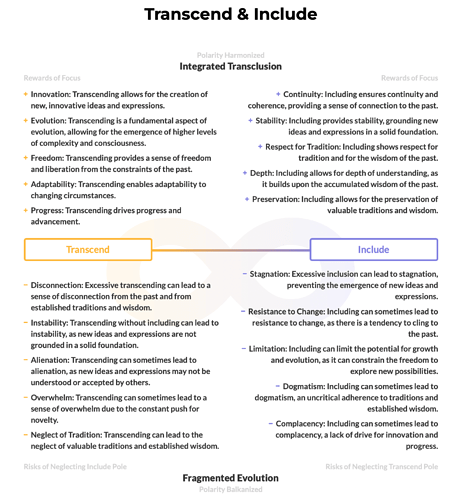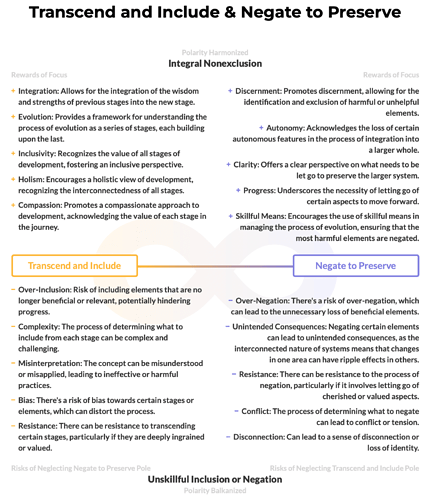What comes to mind when you hear the word “creativity”?
Do you think of great artistic achievements like Michelangelo’s Sistine Chapel or Van Gogh’s Starry Night? Do you think of musical masterpieces like Beethoven’s 9th or Jimi Hendrix’s Electric Ladyland? Or do you think of those great triumphs of human intellect, such as the moment Einstein peeked behind the curtain of time and space and discovered the elegant simplicity of E = mc2?
These are all examples of tremendously creative moments that continue to shape and re-create the world around us. But this is also a tremendously creative moment—right here, right now. There is an inherent creative spark at the core of each and every moment, within every single drop of experience you’ve ever had. That is, every moment has an element of karma (including the patterns of the previous moment, so that the manifest world continues to exist) and an element of creativity (transcending the patterns of the previous moment, so that something new can come into being). Which means that creativity is itself inextricably woven into the fabric of the universe—in fact, one useful definition of “spirituality” might simply be the ability to recognize and participate with the creative openings and opportunities of every passing moment.
You don’t need a paintbrush to be creative. Your own unique perspective is your brush.
You don’t need an instrument to be creative. Your body-mind is your instrument.
You don’t need a canvas to be creative. Your friends and family and relationships are your canvas.
You don’t need a masterpiece or grand theory to be creative. Your life is your masterpiece.
In other words, you don’t need to be an artist to be creative. You just need to be someone who truly wants to awaken to the sublime beauty of this and every moment. We are all evolutionary artists, regardless of our particular skills or talents or styles of self-expression.
Because in the end, life is not about finding yourself.
It’s about creating yourself.
As Carl Sagan reminds us, “if you want to make an apple pie from scratch, you must first create the universe.”
So let’s create a universe together.
Then we can have some pie.
-Written by Corey W. deVos
CORE POLARITIES
This polarity represents the balance between Creative Intent, which emphasizes the active, conscious direction of creative energy towards a specific outcome, and Creative Surrender, which emphasizes the passive, receptive state of allowing creativity to flow naturally and spontaneously from the universe. The tension between these poles is crucial for promoting a dynamic and balanced creative process.
Integrated Polarity: Dynamic Creativity
Balancing creative intent and creative surrender to foster a dynamic and balanced creative process. This allows for a clear direction and focus while also remaining open to spontaneous and unexpected creative insights and nondual states of absorption and flow.
Disintegrated Polarity: Frustrated Creativity
This occurs when there is an overemphasis on either creative intent or creative surrender, or a failure to balance the two. This can lead to a frustrated creative process, characterized by stress, burnout, inconsistency, and unfulfilled potential.
“Transcend and Include” is a core idea in integral theory, representing the balance between the transcendent nature of creativity (bringing something new out of nothing) and the inclusive nature of inheritance (embracing and carrying forward what has been created). This can be viewed as the integration of a fundamental polarity. However, if not managed properly, it can lead to disconnection or stagnation. The tension between these poles is crucial for promoting growth and development while also maintaining a sense of coherence and integration.
Integrated Polarity: Integral Transclusion
Balancing transcendence and inclusion promotes a more comprehensive and inclusive approach to evolution, termed here as “Integrated Transclusion”. This allows for the emergence of new, innovative ideas and expressions, while also respecting and carrying forward the wisdom of the past. It fosters a dynamic interplay between novelty and tradition, ensuring progress while maintaining a sense of continuity and stability.
Disintegrated Polarity: Fragmented Evolution:
Either prioritizing transcendence to the point of excluding the wisdom of the past, leading to a sense of disconnection and instability, or prioritizing inclusion to the point of resisting new ideas and expressions, leading to stagnation and resistance to change. This creates a fragmented approach to evolution that can limit growth and development.
This polarity represents the balance between the integral approach of “transcend and include”, which emphasizes the preservation of previous stages while evolving to higher levels, and the approach of “negate to preserve”, which emphasizes the necessity of letting go of certain exclusive or isolating features to integrate into a larger whole. Both approaches are crucial for understanding the process of evolution and development.
Integrated Polarity: Integral Nonexclusion
Balancing the principles of “transcend and include” and “negate to preserve” to promote a more comprehensive and discerning approach to evolution. This allows for the preservation and integration of beneficial elements from each stage, while skillfully and critically negating harmful or unhelpful aspects, fostering a more effective and inclusive process of development.
Disintegrated Polarity: Unskillful Integration
Either prioritizing “transcend and include” to the point of including harmful or irrelevant elements, leading to stagnation and inefficiency, or prioritizing “negate to preserve” to the point of excessive negation, leading to unnecessary loss and disconnection. This creates an imbalanced and ineffective approach to development, hindering progress and causing unnecessary conflict and tension.



